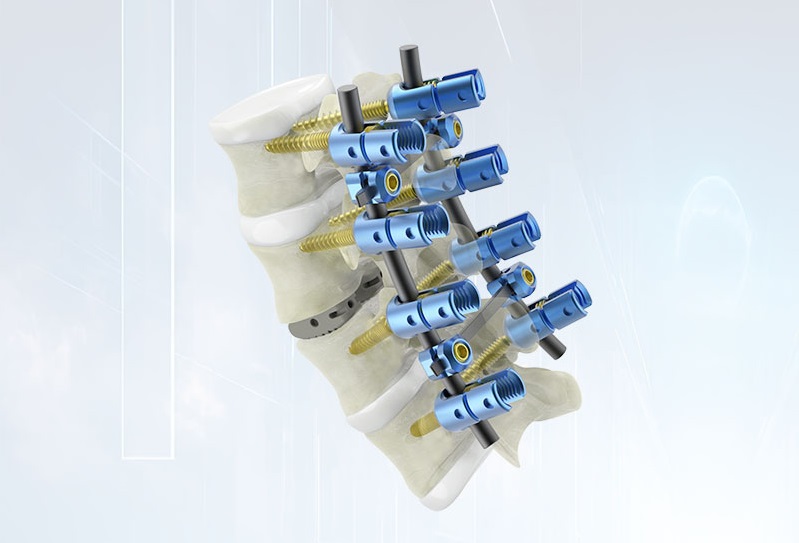Polyaxial Pedicle Screw have revolutionized the field of spinal surgery, enabling surgeons with greater flexibility and stability during performing spinal fixation surgeries. These innovative devices are designed to accommodate a variety of screw placement angles, providing greater flexibility in spinal alignment and correction.
The main advantage of spine titanium pedicle screws lies in their unique ball-and-socket design. This allows the screw to rotate within the rod, allowing the surgeon to adjust its angle after implantation. This flexibility is particularly important when treating complex spinal deformities, where precise positioning is crucial for successful treatment. Due to polyaxial screws allow for post-placement adjustment, they help reduce the risk of complications associated with misalignment.
In addition to having good adaptability, pedicle screw also offer higher stability than traditional monoaxial screws. This ability to lock the screw in multiple directions enhances overall construct rigidity, which is crucial for maintaining spinal stability during the healing process. This is particularly important during spinal fusion surgery, where the goal is to promote bone growth and achieve a secure fusion between vertebrae.
The diameter of a spine pedicle screw system depends on the specific application and anatomical requirements of the patient. Usually, these spinal pedicle screw range in diameter from 4.0 mm to 7.0 mm. Diameter selection is crucial, as it affects the screw’s pullout strength, stability, and overall biomechanical properties. Pedicle screw spinal with larger diameters generally offer greater strength and stability, making them suitable for patients with higher bone density or those who require more secure fixation.
Post time: Oct-21-2025

